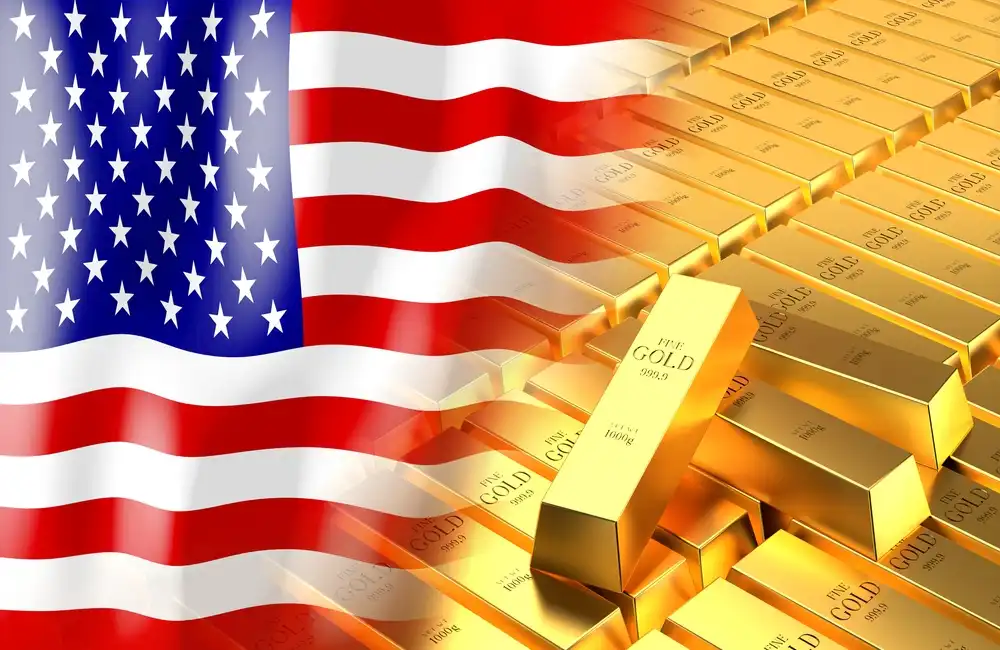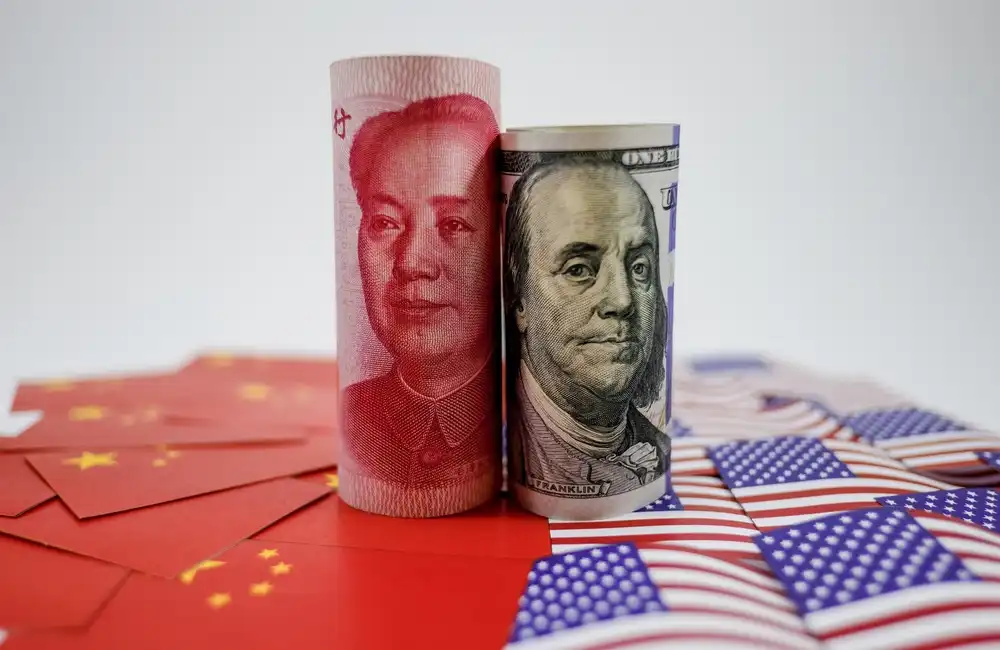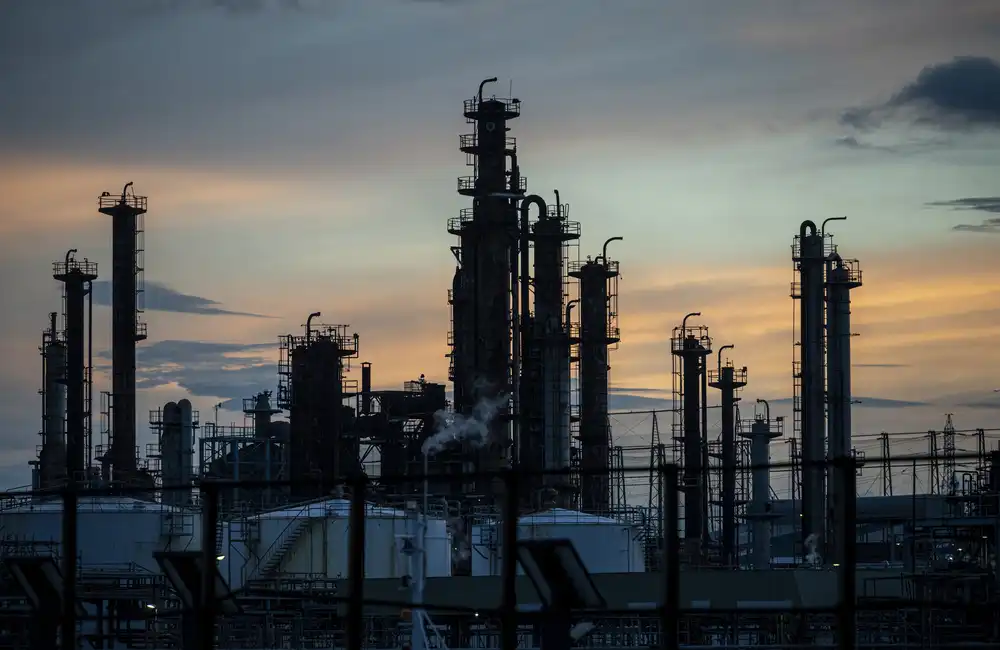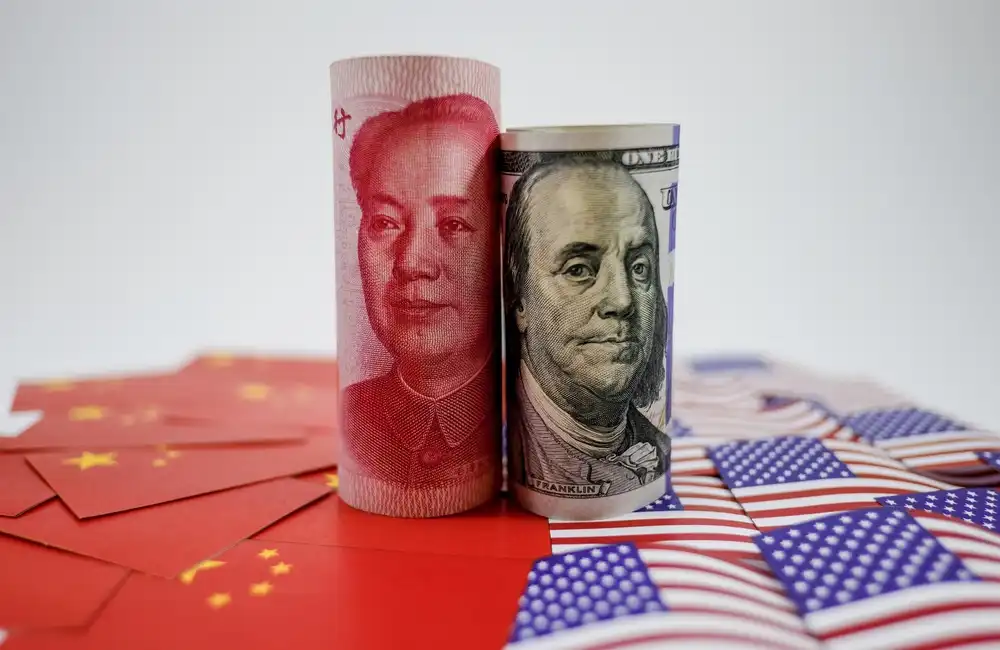The recently signed U.S.-Ukraine minerals agreement has attracted significant attention from global investors, commodity analysts, and policymakers.
This landmark pact aims to solidify the countries’ strategic collaboration in securing critical minerals for clean energy technologies, manufacturing, and geopolitical leverage.
While both nations stand to gain, timelines for realising benefits may stretch into the next decade due to infrastructure preparation, export ramp-up, and market stabilisation challenges.
Terms of the Pact and Targeted Exports
Announced in mid-2024, the U.S.-Ukraine minerals pact prioritises lithium, rare earths, cobalt, and nickel for EV batteries, renewables, semiconductors, and defence tech.
The U.S. pledges USD 4.5 billion to map reserves, build logistics corridors, and upgrade processing infrastructure alongside private-sector investments.
Ukraine must modernise rail and port facilities after years of underinvestment and conflict, requiring substantial capital and time before exports can scale profitably.
Timeline for Ramp-Up and Breakeven Projections
Experts estimate five to seven years to build mining infrastructure, plus another five years to recoup investments under current demand forecasts.
Breakeven for cobalt-rich ores may arrive around 2032; lithium could break even sooner given robust EV battery demand.
Geopolitical disruptions or policy shifts could accelerate or delay these timelines; task forces aim to streamline licensing and construction.
Long-Horizon Allocations in Mining Equities and ETFs
The decade-long ramp-up underscores the need for patient, diversified, long-term strategies in critical-minerals exposure.
Equities: consider Albemarle and Livent for lithium, plus European miners partnering in Ukraine supply chains.
ETFs: Global X Lithium & Battery Tech ETF and VanEck Rare Earth/Strategic Metals ETF offer broad, risk-mitigated exposure.
Smaller Ukrainian mining stocks may emerge sooner but carry higher political and execution risks.
Strategic Considerations for Long-Term Returns
1. Long-Term ETF Allocations
For lower concentrated risk, allocate to battery-metals and rare-earth ETFs, ensuring diversified exposure to the critical-mineral theme.
2. Selective Equity Investments
For higher return potential, invest directly in large-cap miners active in key supply chains, monitoring project developments closely.
The geopolitical nature of this pact demands continuous analysis. Subscribe to Advisor’s Gateway’s newsletter for in-depth commodity, economic, and geopolitical insights.



















